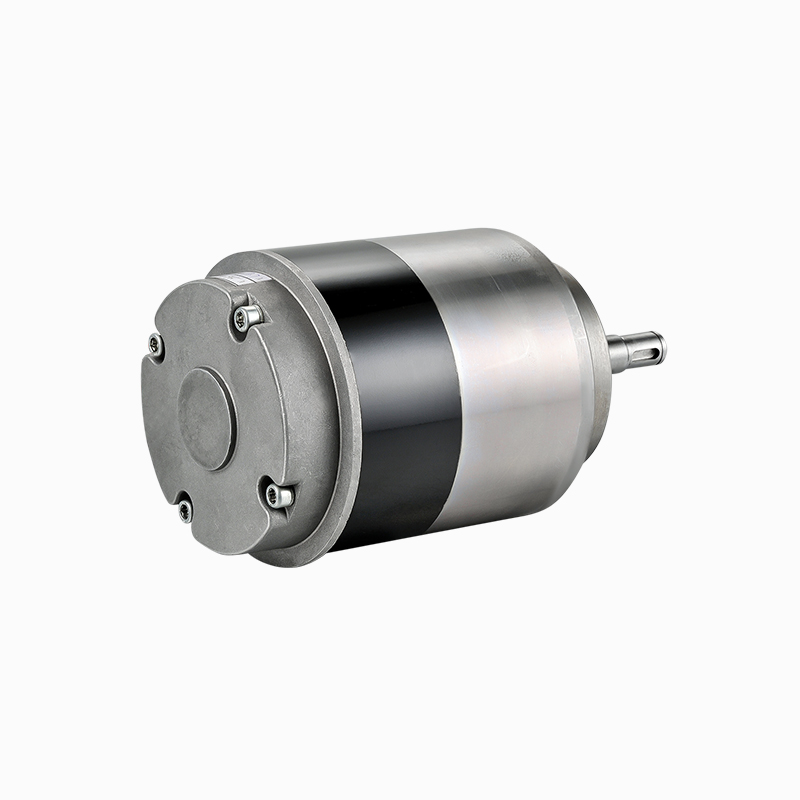Call us
+86-18023576732
+86-0579-89008006
Fax: +86-0579-82206899
Understanding Power Density in Motor Technologies
Power density, defined as the amount of power delivered per unit of volume or mass, is one of the critical performance indicators in electric motor design. It directly affects the motor's suitability for compact, lightweight, and mobile applications such as electric vehicles, drones, robotics, and aerospace systems. In recent years, the Permanent Magnet DC Motor has gained considerable attention for its ability to deliver high power density compared to standard brushed or wound-field DC motors. This distinction arises from differences in design architecture, materials, and efficiency.

Core Design Principles That Impact Density
In conventional DC motors, magnetic fields are typically generated by field windings using electromagnets, which require additional copper coils and structural components. These elements increase both the size and weight of the motor without contributing directly to torque output. In contrast, the Permanent Magnet DC Motor uses high-energy permanent magnets that generate strong magnetic fields without the need for external excitation. This eliminates the space and weight associated with field windings and significantly boosts power output per kilogram of motor mass. The design also tends to feature fewer moving parts, enhancing compactness.
Thermal Management and Efficiency Advantages
One often overlooked benefit that contributes to improved power density is better thermal performance. Since permanent magnet motors typically have higher electrical efficiency, they generate less waste heat for the same power output compared to conventional motors. This reduces the need for bulky heat dissipation components, further lowering total volume. The high efficiency also means that more of the input energy is converted into mechanical power, making it possible to reach higher continuous power levels in the same footprint.
Material Innovations Supporting High Magnetic Strength
Advanced permanent magnet materials, such as neodymium-iron-boron (NdFeB), have compact motor performance. These materials exhibit a very high magnetic energy product, allowing designers to create motors with greater torque and speed within a smaller housing. By contrast, conventional motors require more space to generate similar magnetic fields using wound copper coils and iron cores. The use of modern magnetic materials contributes significantly to the enhanced power density of permanent magnet-based designs.
Integration With Lightweight Structures and Applications
Modern industries increasingly demand motors that can be embedded into slim and lightweight mechanical systems. This is particularly evident in sectors like unmanned aerial vehicles, electric mobility, and compact automation tools. The good power density of permanent magnet-based systems allows them to meet these integration requirements far more effectively than traditional options. Furthermore, the ability to manufacture these motors in a variety of axial or radial configurations adds design flexibility, making it easier to tailor motor geometries to application needs without compromising performance.
Trade-Offs and Limitations in High-Density Design
Despite the clear advantage in power density, there are trade-offs. The reliance on rare-earth magnets exposes manufacturers to cost volatility and supply risks. Additionally, permanent magnets are sensitive to high temperatures and demagnetization, which can limit their use in extreme-duty environments. In contrast, conventional motors may be more robust in high-heat or high-vibration applications, though at the expense of increased size and weight. Careful consideration of thermal limits and operating conditions is essential when choosing between these motor types.
Matching Motor Type to Application Requirements
Ultimately, the choice between a high-density motor solution and a more traditional design depends on specific application goals. For environments where space and weight are at a premium, and high torque or speed is essential, the higher power density of magnet-based designs offers a compelling benefit. On the other hand, for stationary or rugged uses where robustness and simplicity are prioritized over compactness, conventional motors still hold significant value. By evaluating these factors, designers can align motor technology with both engineering performance and long-term operational demands
Contact Us